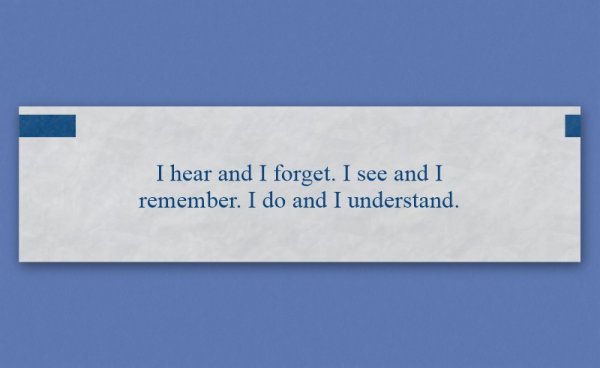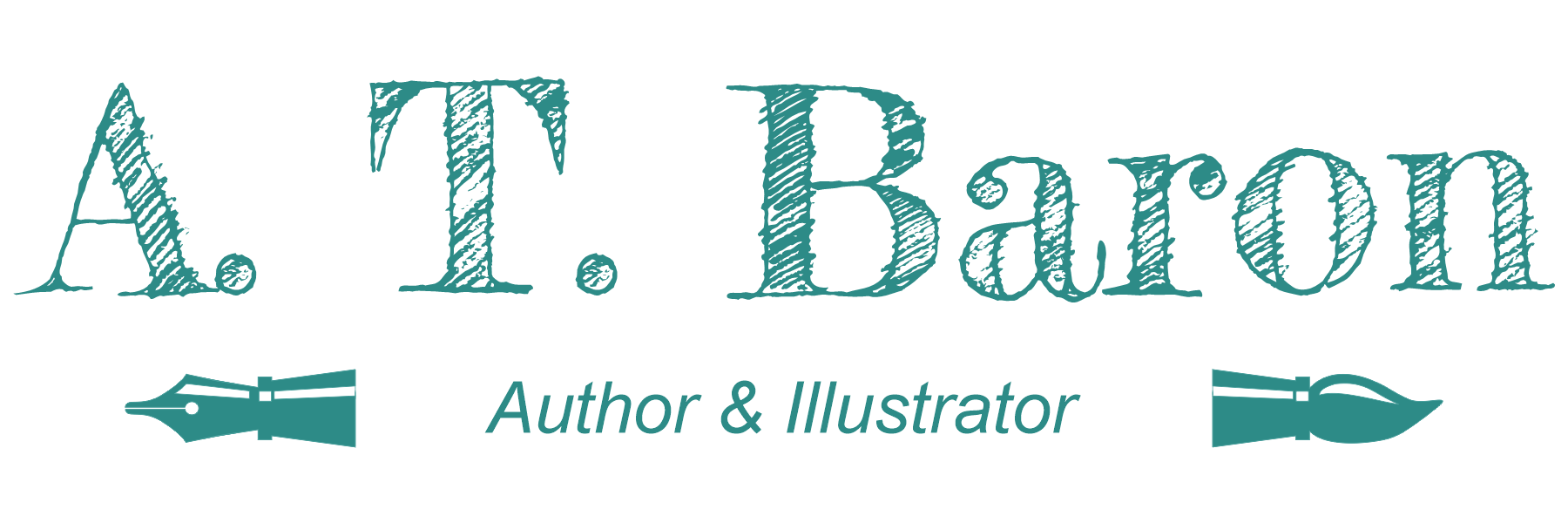Fortune Cookie Friday: Learn By Doing
It’s May 1st, and it is hard to believe that we have been dealing with this pandemic for months. We are focusing on social distancing and wearing masks at a time when we would typically partake in school events such as concerts and proms.
My heart goes out to the students and teachers attempting remote learning. The quarantine pulled us from our classrooms and sequestered us to our homes. We should be thankful that technology offers us the opportunity to teach and learn over the internet, but I can’t help but wonder how much we will retain. It is challenging enough to keep a child engaged in a classroom, but at home, there are oodles of distractions.

Remote learning has similar challenges for college students and professors. A video may not seem much different than a lecture, but we learn better when we are engaged in a discussion as opposed to a speech. We grasp concepts better when we apply them in real life with our fellow students.
I also feel for all of the teachers that have to sit and teach to a laptop camera, unable to see the forlorn faces of the struggling students or the enlightened eyes of those grasping new and fascinating information. Teachers want to teach, not give a newscast.
No, distance learning is not easy. It requires responsibility and self-motivation, which we all lack in some form or another. Even if we do manage to schedule the time and focus, remote learning isn’t as productive as in-person instruction. I took many online courses over the years, and it was challenging to nail down concepts when all you have to go on is a voice or a video explaining how to build a website, learn a new art technique, or market a product. Having the information is helpful, but the best way to understand a concept is by doing.

Both students and teachers can benefit from today’s fortune. The simple premise of putting things in to practice to better understand them has been around a while. I can’t help but think about all the industrial arts and home economics classes I took back in middle school. Yeah, we learned how to make little pizzas out of English muffins or create a wooden cutting board, but those lessons cemented information that we learned in our other classes.
Students can perform everyday tasks to solidify their instruction. Cooking in the kitchen can help us learn more about measurements and chemistry. Weeding the garden or flowerbed enables us to learn about nutrition and biology. Simple activities such as building with blocks and playing music can tap into parts of the brain that connect intellectual concepts with reality—the theoretical with the physical.

We should take time to discuss what we have learned with others, be it a classmate, sibling, or parent. We can practice most subjects from home. When we can’t, we can take a little extra time to learn about subject matter related to the concepts. This lateral learning can help us approach topics from a different perspective. It can also inspire us to continue leaning by intriguing our curiosity. It’s easier to learn if we desire knowledge.
Continuing education away from school during these challenging times will take extra effort and a whole lot of patience. I commend all of the teachers, parents, and kids for attempting it. If we try to apply what we learn regularly and remember that we are all in this together, we can work through this without losing our minds.




